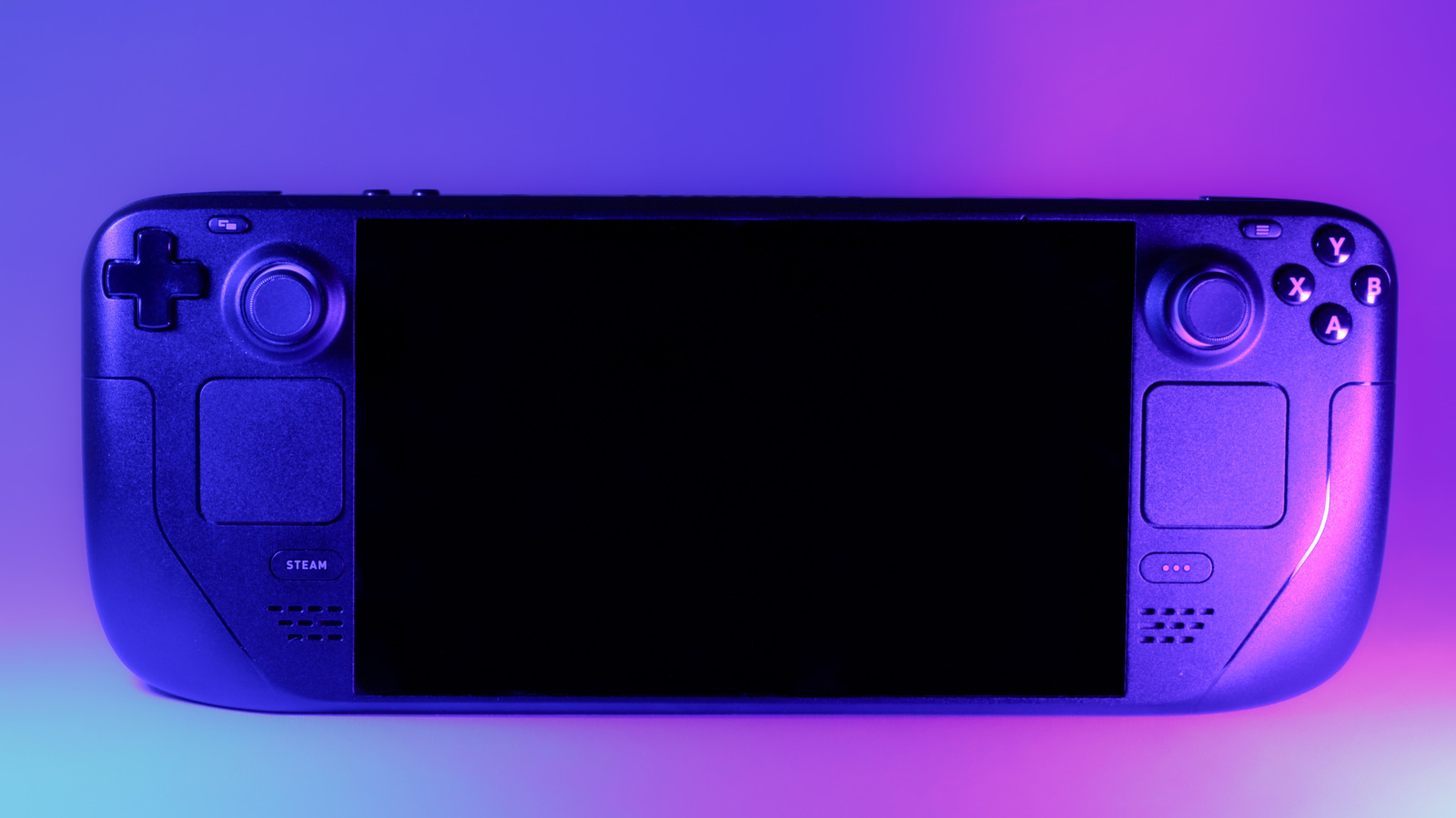Qualcomm has announced the acquisition of Arduino, the Italian non-profit company specialized in the development of free software and hardware, and with a user community estimated at 30 million.
Arduino is well known in the programming world and like Raspberry Pi, it was originally born as a project for the educational sector with the aim of providing an easy and economical way for beginners and professionals to create devices that could interact with their environment using sensors and actuators.
Arduino focuses its solutions on single board computers (SBC) that delivers assembled or in the form of DIY kits, “do it yourself.” In addition to hardware, it provides open source software in two elements, a development environment based on the Wiring programming language and a boot loader that runs automatically as soon as it is turned on.
Qualcomm buys Arduino
The semiconductor manufacturer explains that the purchase of Arduino aims to combine Qualcomm’s products and technologies with the vast Arduino ecosystem and community (estimated at 33 million active users) to empower businesses, students, entrepreneurs, technology professionals, educators and enthusiasts to bring their ideas to life quickly and easily.
This acquisition builds on recent integrations of Edge Impulse and Foundries.io, reinforcing Qualcomm’s strategy to deliver a comprehensive edge platform spanning hardware, software and cloud services. By combining Qualcomm’s processing, graphics, computer vision and AI with the simplicity, affordability and community of Arduino, the company says it will be able to boost developer productivity across industries, as Nakul Duggal, General Manager of Qualcomm Technologies’ Automotive, Industrial and Embedded IoT Group, explains:
“With the acquisitions of Foundries.io, Edge Impulse, and now Arduino, we are driving our vision of democratizing access to our AI and edge computing products for the global developer community.”
Arduino will preserve its open approach and community spiritwhile offering a comprehensive platform for modern development, with Arduino UNO Q as the first step after the purchase by Qualcomm.
It is a next-generation single-board computer with a “dual-brain” architecture (a Debian Linux-compatible microprocessor and a real-time microcontroller) that connects high-performance computing with real-time control. It is powered by the Qualcomm Dragonwing QRB2210 processor in a full Linux environment, and is designed to facilitate AI-based vision and sound solutions that react to their environment, smart home solutions to industrial automation systems.
Arduino will retain its independent brand, tools and missionwhile continuing to offer support for a wide range of microcontrollers and microprocessors from various semiconductor suppliers, as we begin this new stage within the Qualcomm family.
No economic data has been provided for an operation that is subject to approval by market regulators.












